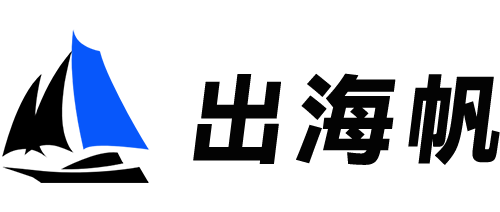Germany has more people than any country in Europe, not counting Russia. Industry has made Germany wealthy. It is the dominant economic power in Europe. Its factories make steel, cars, cameras, chemicals, and machines of every type. Yet Germany lay in ruins in 1945, after its defeat in World War II. Facts About Germany Official name Federal Republic of Germany Capital Berlin Official language German Population 82,400,000 people Rank among countries in population 14th Major cities Berlin, Hamburg, Munich Area 138,000 square miles357,000 square kilometers Rank among countries in area 62nd Highest point Zugspitze9,718 feet/2,962 meters Currency Euro GERMANY"S LANDGermany lies at the heart of Europe. Berlin is its capital and largest city. Other European countries border Germany on all sides. But the country has a seacoast to the north, where it meets the Baltic Sea and the North Sea. Hamburg, a city near the North Sea, is Germany"s major seaport. Low-lying plains spread over northern Germany. This is a largely agricultural area. The plains rise to rolling hills in central Germany. Frankfurt is a manufacturing and business center in central Germany. Frankfurters (hot dogs) are named after a sausage made in Frankfurt. Rivers have carved valleys in the hills. The Rhine, a major river of Europe, flows through western Germany. Boats on the Rhine carry freight and passengers. Scenic countryside, picturesque towns, and old castles lie along the Rhine. To the south, Germany extends into the Alps. The Bavarian Alps, as Germany"s mountains are called, include some spectacular scenery and a fairytale castle. The castle was built for Louis II of Bavaria, who is sometimes called Mad King Ludwig. The Black Forest—a dense evergreen forest—is in southwestern Germany. It"s a favorite spot for hikers. Munich is the largest city in southern Germany. Every October, people come to Munich for the Oktoberfest. At this lively festival, they drink the beer for which southern Germany is famous. Expressways—known as autobahns—run through Germany and link German cities. Parts of the autobahn have no speed limits. People can drive as fast as they want. Yet there are few accidents. The road is well designed, and most of the cars are German made. They are examples of fine German engineering. WORLD WAR IIOne of the most destructive dictators the world has ever known ruled Germany from 1933 to 1945. His name was Adolf Hitler, and he led the Nazi Party. Hitler rose to power after Germany"s defeat in World War I (1914-1918). He promised to make Germany great again, and he set out to conquer Germany"s neighbors. In 1939, Hitler invaded Poland, starting World War II. The war was long and costly, and Germany lost.DIVIDED AND UNITEDAfter World War II, Germany was divided into two countries: East Germany and West Germany. East Germany had a Communist government and took orders from the Soviet Union. West Germany became a democracy that received support from the United States and other Western powers. The boundary between East Germany and West Germany ran through Berlin. East Germany put up barbed wire along the border. A concrete wall divided Berlin. The Berlin Wall kept East Germans from leaving their country for the wealthier West Germany. With the fall of Communism in 1989, the wall came down. It was a joyous occasion for Germans on both sides. The two Germanys were reunited in 1990.CENTURIES OF DIVISIONGermany has known little unity throughout its history. Until 1871, the land now known as Germany consisted of many small kingdoms. Prussia in the north was the most powerful of these kingdoms. Prussia"s prime minister, Otto von Bismarck, led efforts to unite the kingdoms. In 1871, they came together to form the German Empire. Prussia"s king, William I, was crowned emperor of Germany.GERMAN CULTUREGermany has produced great thinkers, composers, and artists. Johannes Gutenberg, for example, invented the printing press around 1450. He made it possible to publish books. Afterward, more and more people learned to read. A German priest, Martin Luther, broke away from the Roman Catholic Church in 1512. The Protestant churches all grew out of the movement Luther started.German thinkers such as Immanuel Kant, G. W. F. Hegel, and Friedrich Nietzsche wrote key books of western philosophy. The list of German composers contains many of the great names of classical music. George Frideric Handel, Johann Sebastian Bach, Johannes Brahms, Ludwig van Beethoven, Robert Schumann, and Richard Wagner—all were Germans. Albrecht Dürer is Germany"s most important painter.
